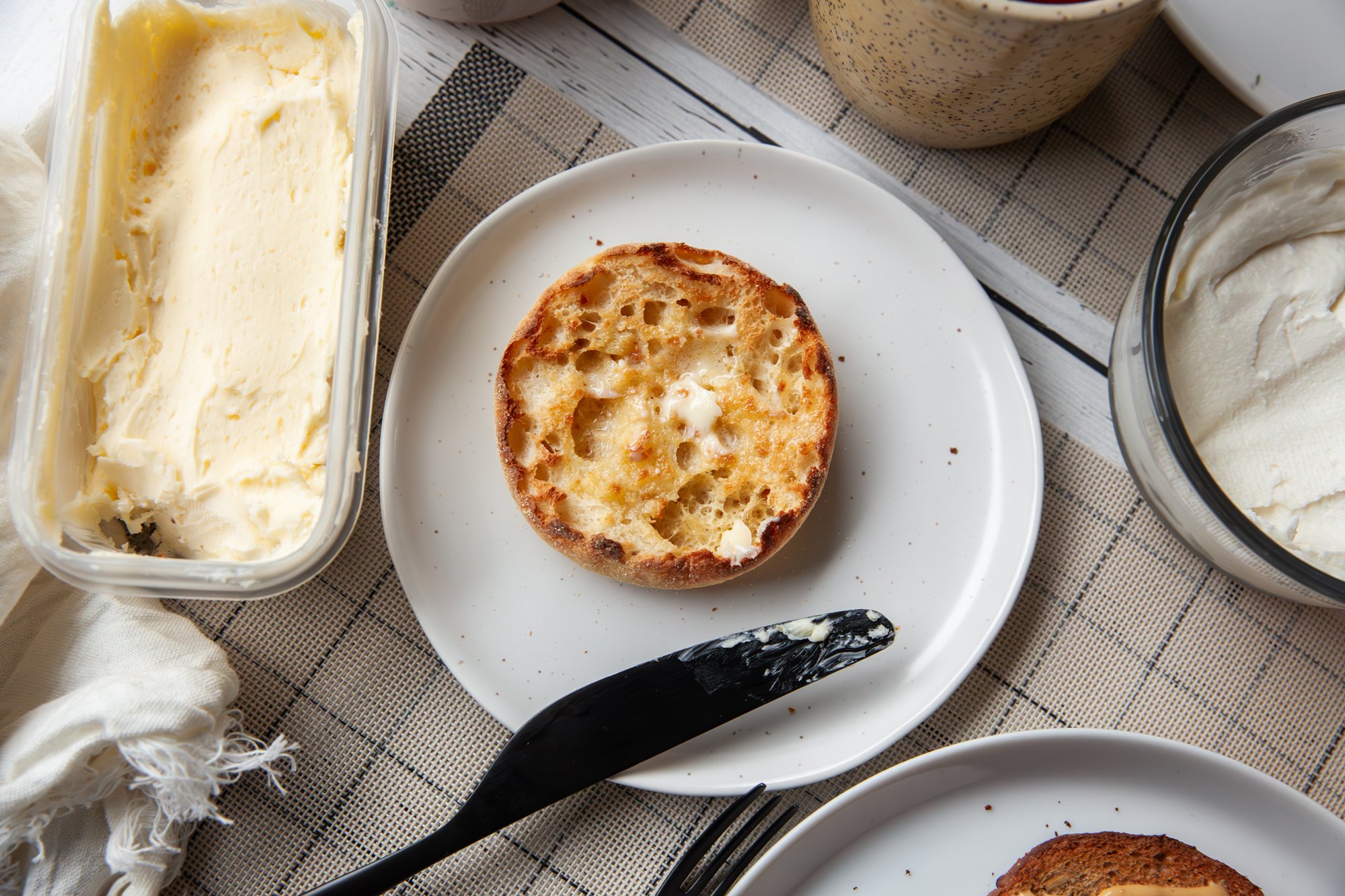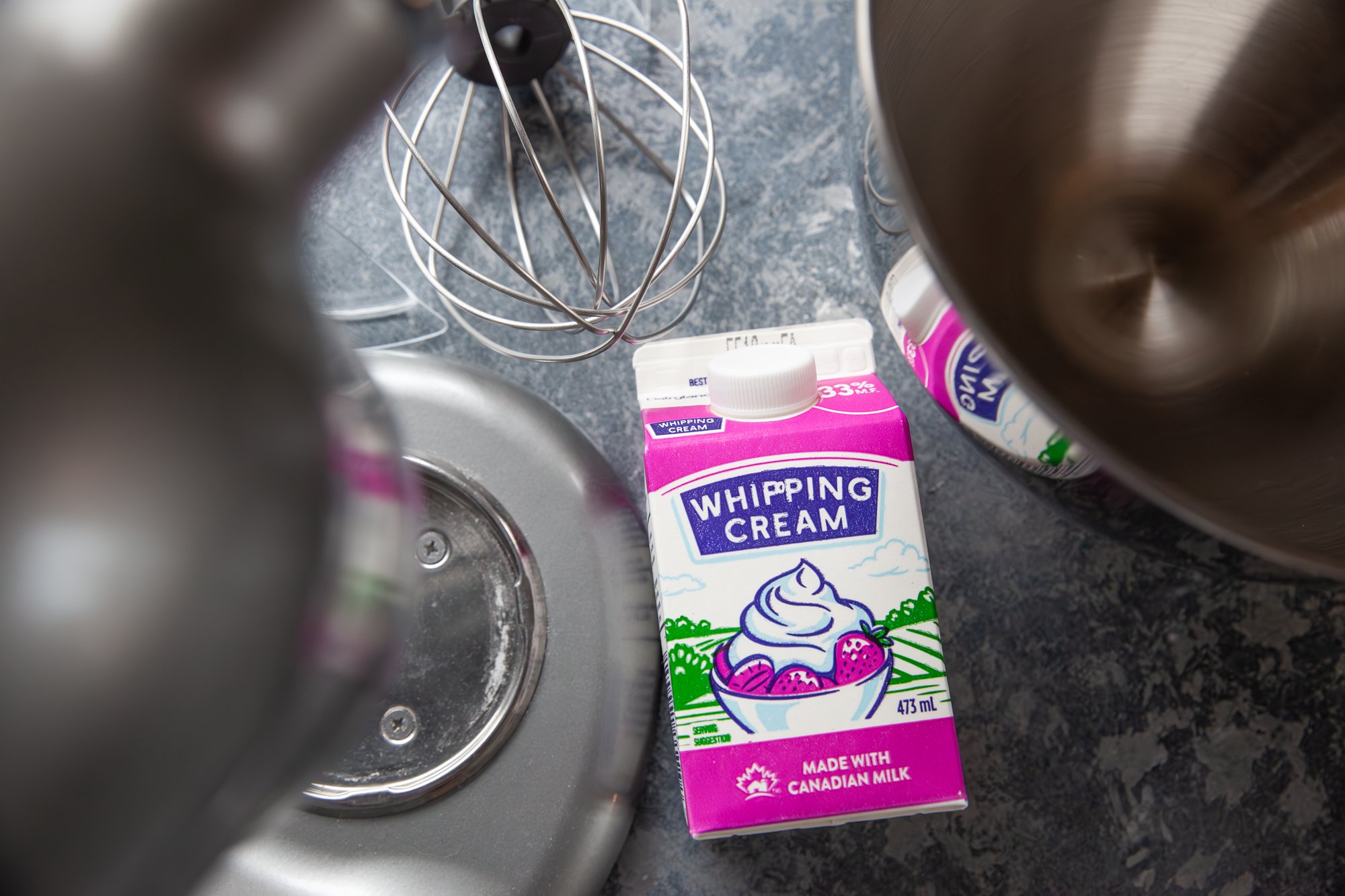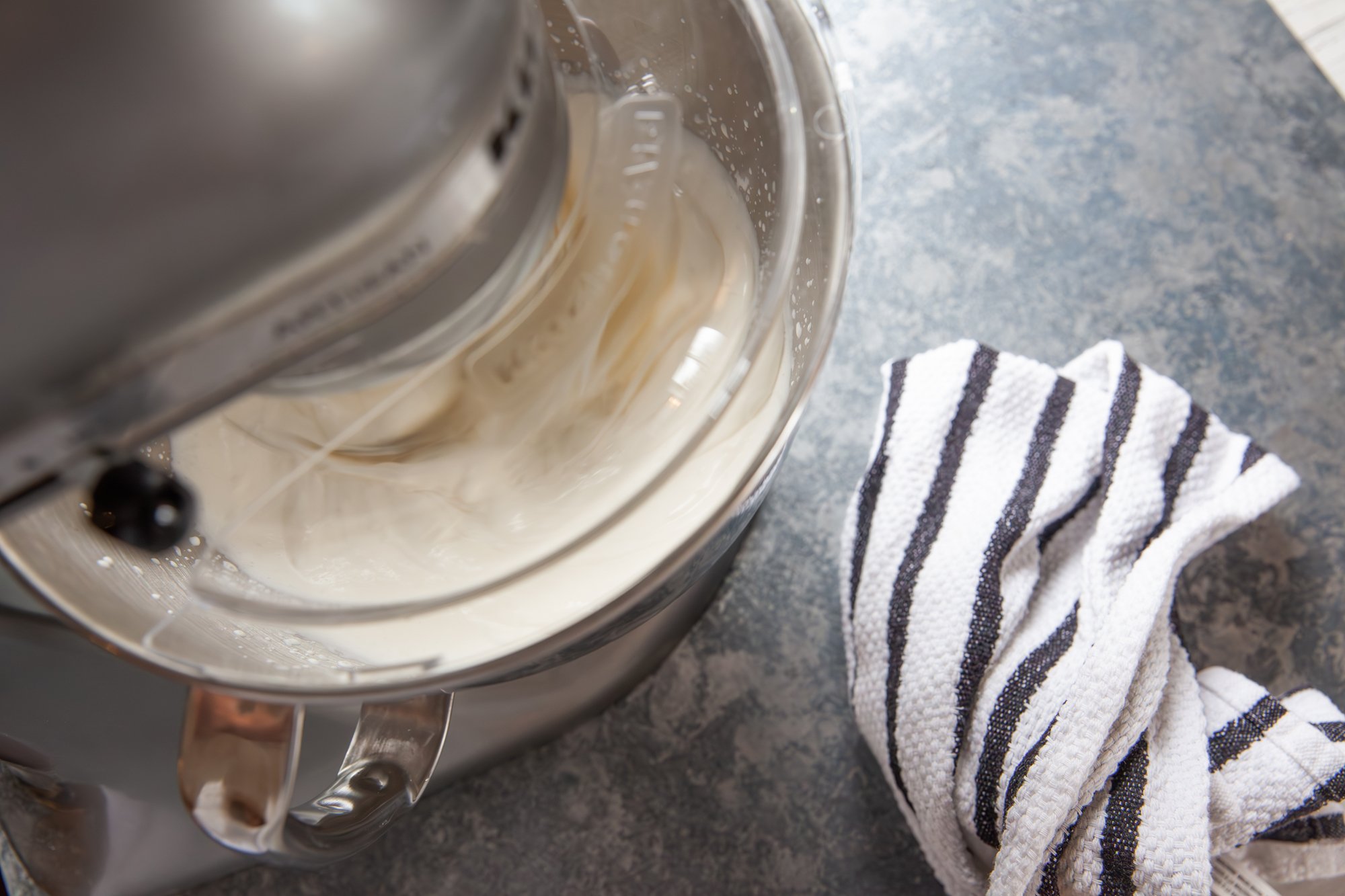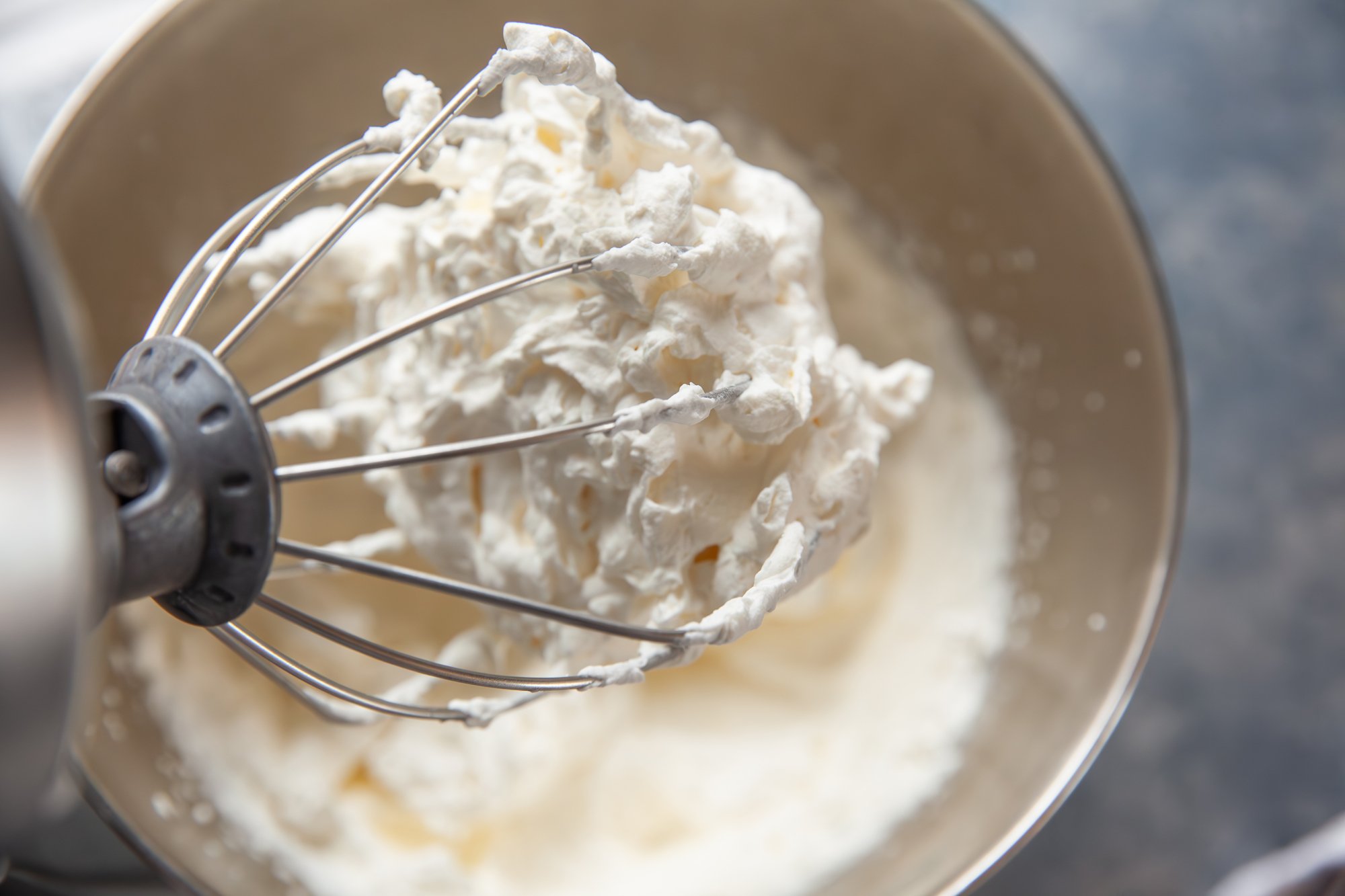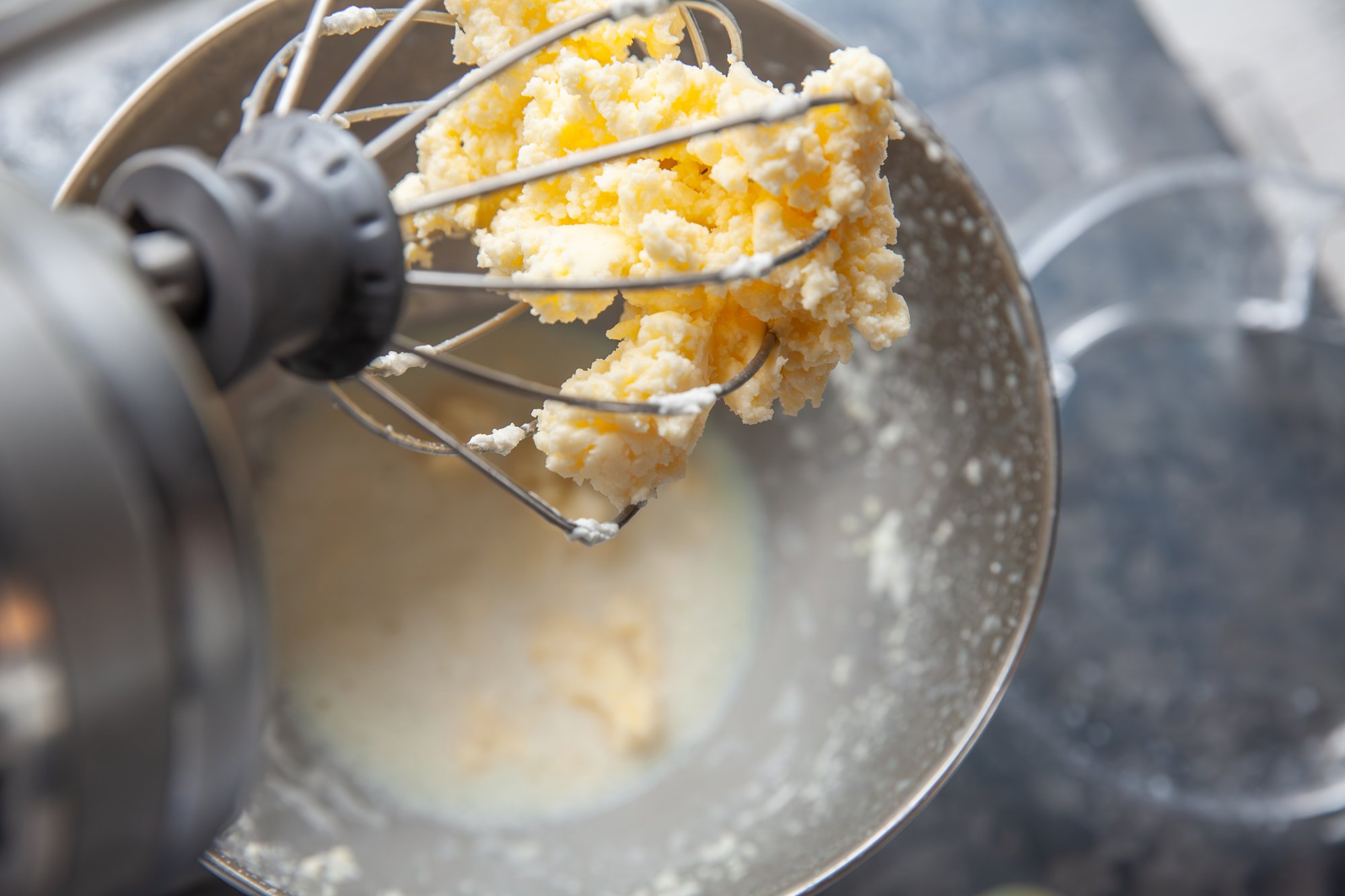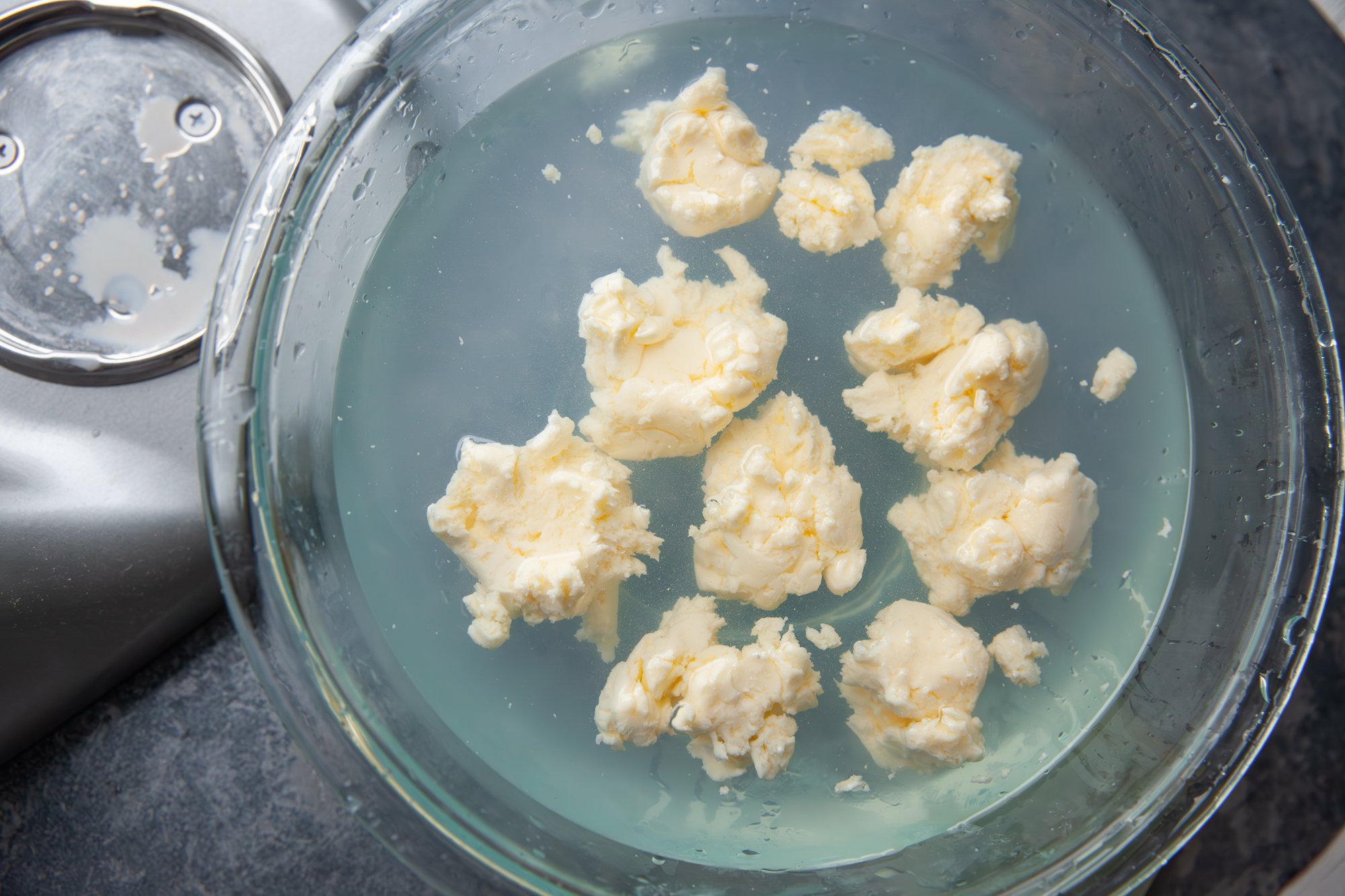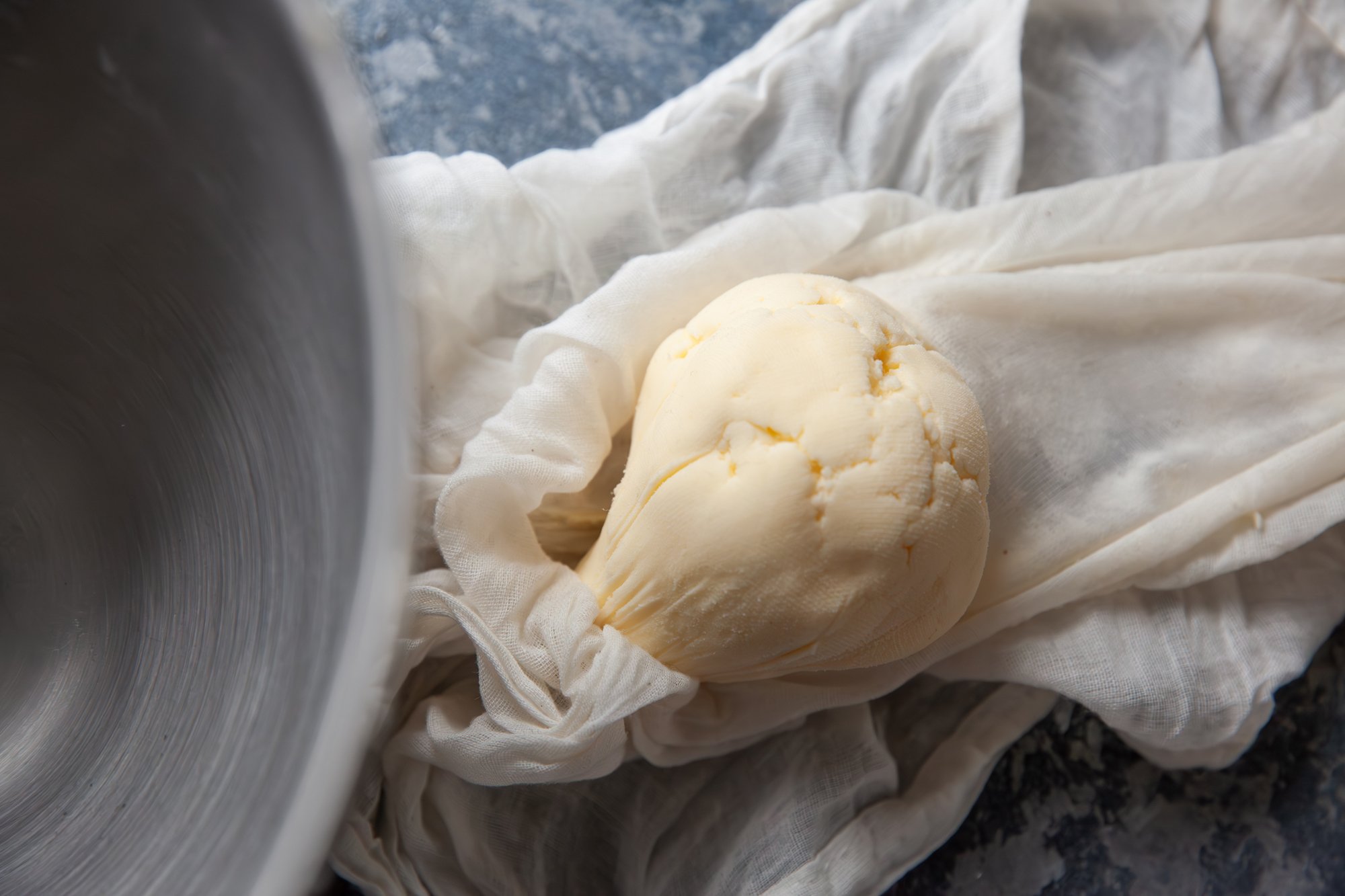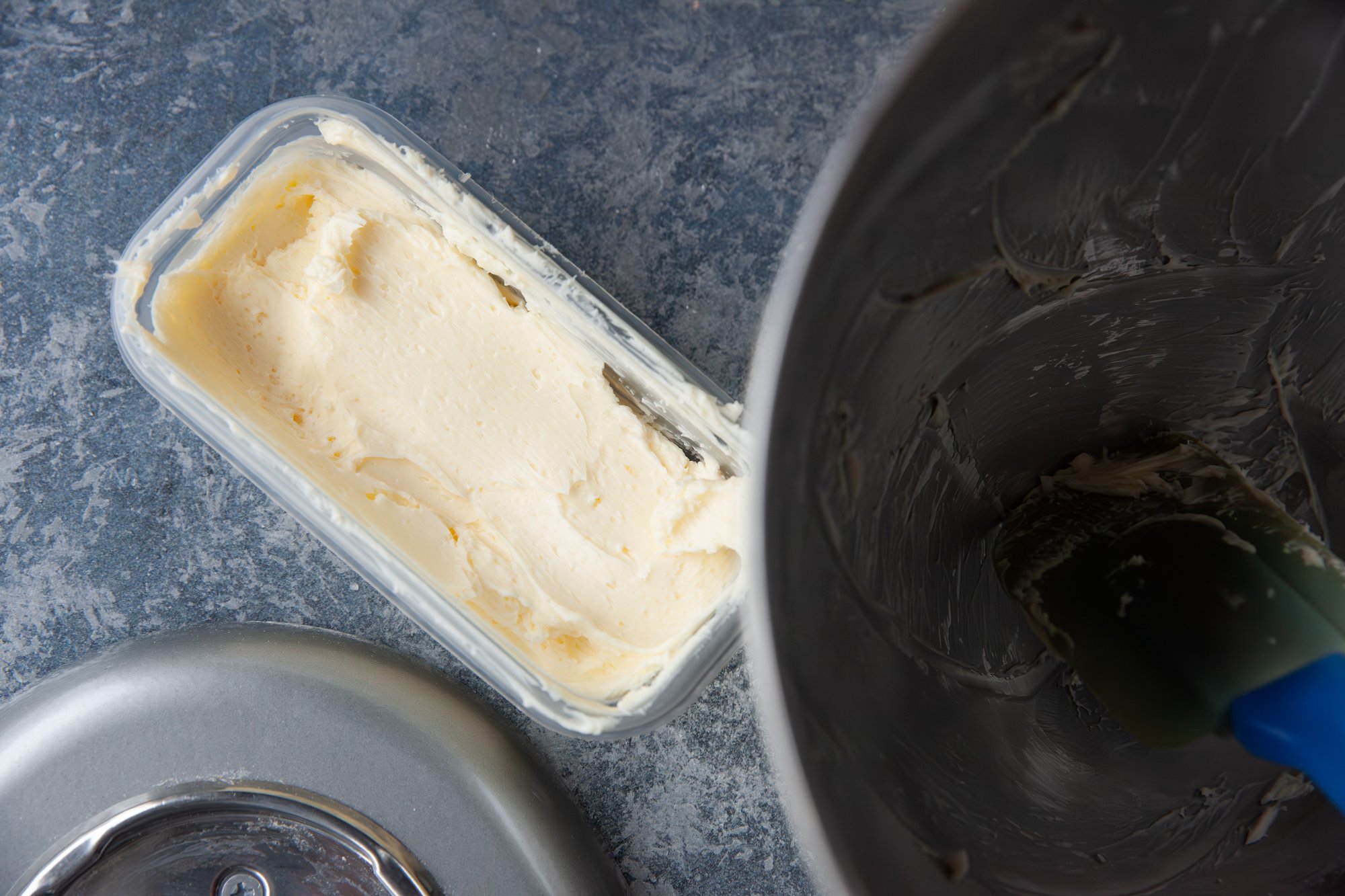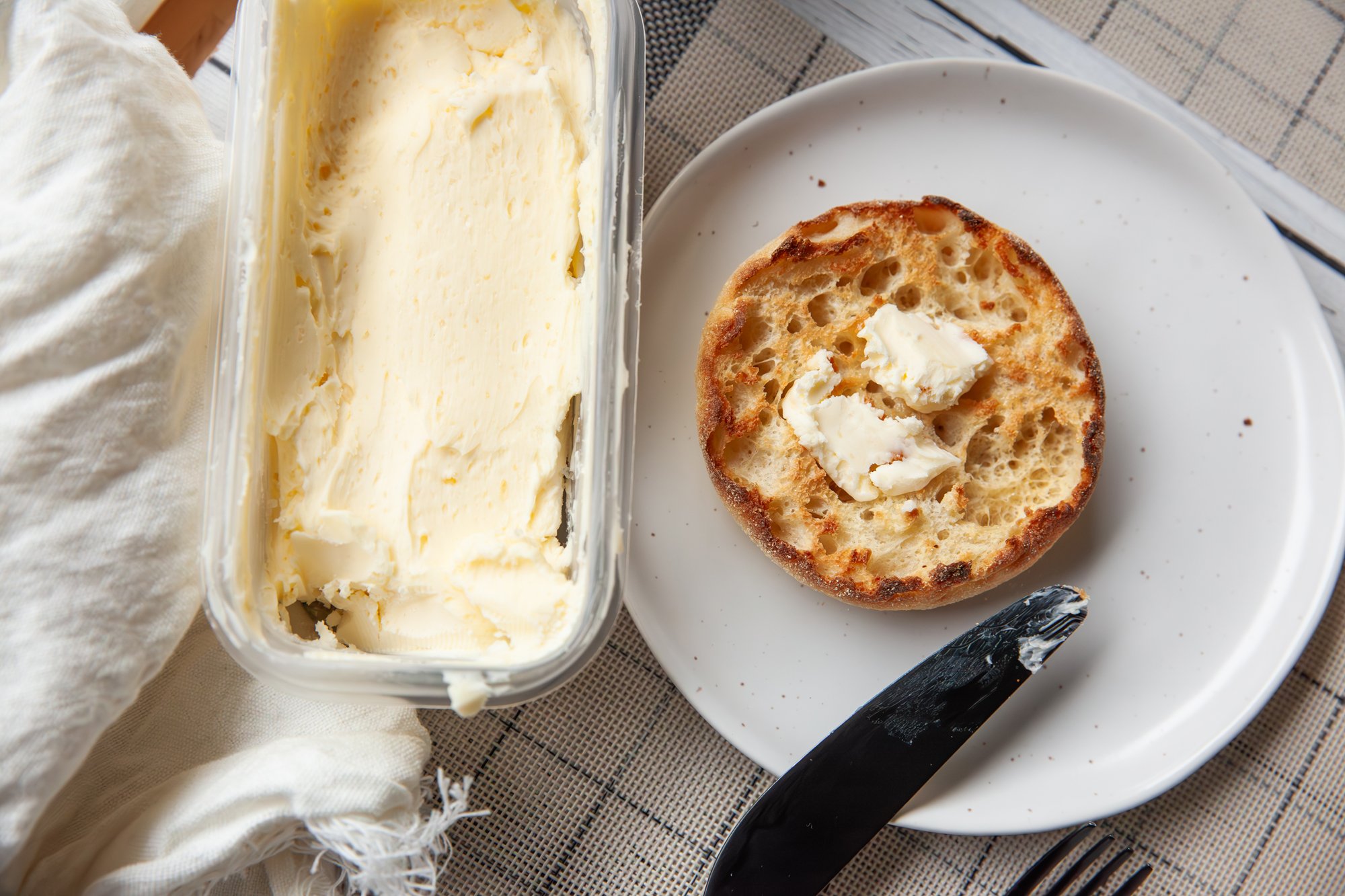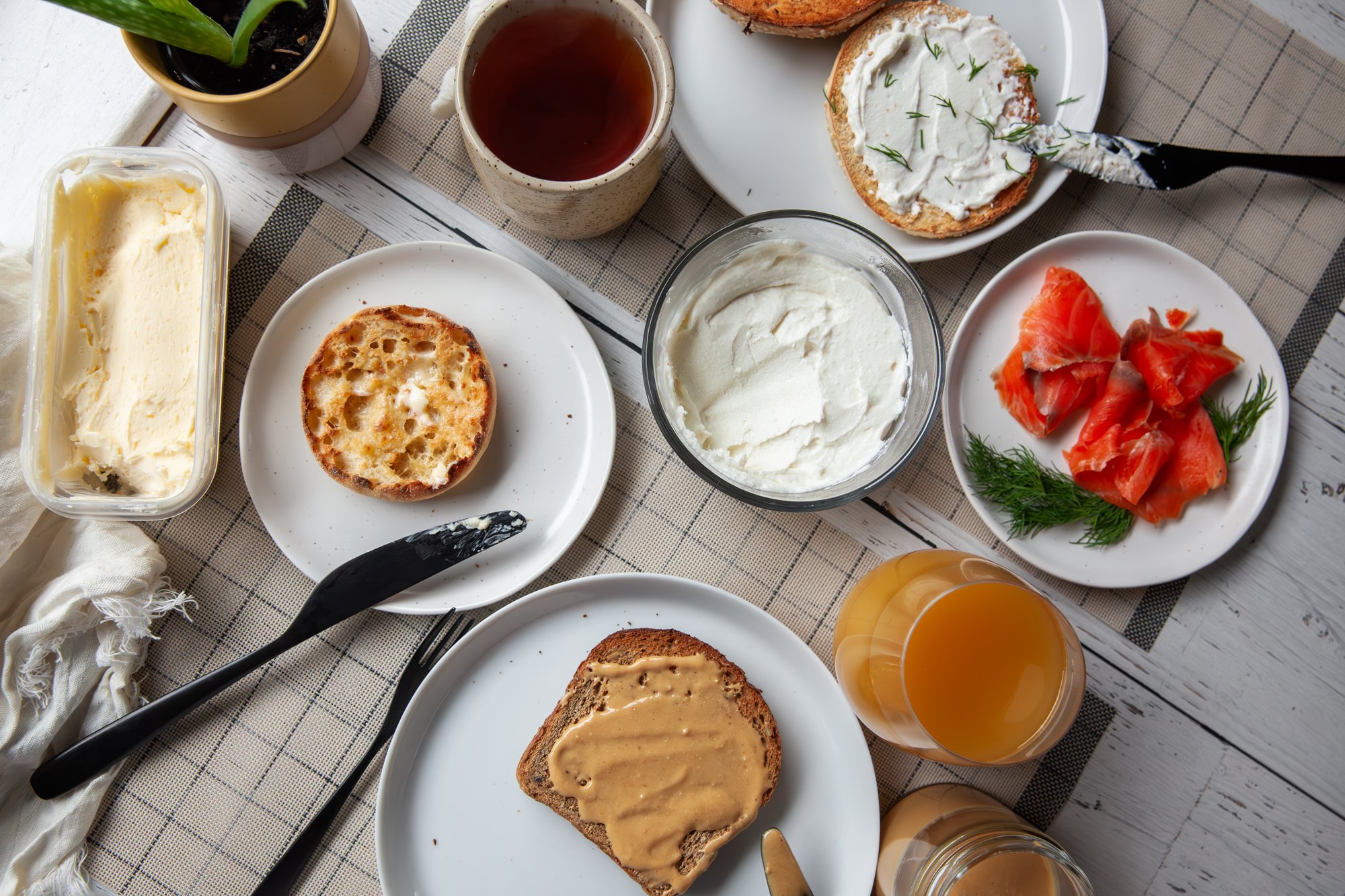Recipe Development & Food Styling
with BC Greenhouse, Sea Cider, BC Wines, California Wines
May 2024
RECIPE: Tomato Feta Pasta with Fresh Herbs
Tomato Feta Pasta with Fresh Herbs
recipe with Windset Farms Greenhouse
May 2024
Serves 4
When I’m out of ideas for dinner, I can always count on having the ingredients to make the baked feta and tomato dish that blew up on TikTok during in early 2021.
While you can make it year-round, using fresh BC Tomatoes (in this case, from Windset Farms) just makes it extra nice.
Instead of just going the simple route, here is a recipe to elevate it with the use of fresh BC grown herbs (these were from my backyard garden), and adding some garlic and shallots into the roasting process. Plus, choosing a funky pasta makes it look as spectacular as it tastes!
INGREDIENTS
- 2 pints of cherry or grape tomatoes
- 1 block feta (approx. 1 cup)
- 1 shallot, quartered
- 2-3 cloves of garlic, smashed
- 2- 3 tbsp olive oil
- 1 tbsp fresh parsley, chopped
- 1 tsp fresh thyme, removed from stem
- 2 tsp fresh oregano, chopped
- salt and pepper
- 1 pound pasta of your choice – anything with tubes or ridges is great to catch the sauce
- 1 tbsp fresh basil chopped
- lemon zest (optional)
INSTRUCTIONS
Preheat oven to 400°F.
In an oven-proof dish (wider is usually better so everything touches the surface area), place the (drained) block of feta in the center, and surround it with the tomatoes. Nestle in the quartered shallot and the smashed garlic.
Sprinkle the oregano, parsley, and thyme on top, drizzle everything with olive oil (you may need more, take a look), and add a few twists of fresh ground pepper and a bit of kosher salt.
Place in the oven and bake for 30 minutes, and then turn up the heat to 450°F and bake until the feta is golden brown.
When the pasta has about 20 minutes left, bring a pot of water (lightly salted, as the sauce is going to be salty to start with), and cook your chosen pasta according to the package directions.
Drain the pasta, reserving some of the pasta water.
Drizzle a small amount of olive oil on the pasta to keep it from sticking together while you prepare the sauce.
Remove the feta bake from the oven. Depending on your preference for chunky or smooth sauce, you can either mash the mixture with a fork or potato masher, or for a smoother sauce, use an immersion blender to break it down (especially the shallot and garlic).
Add the pasta to the sauce in the dish (or a new bowl for a nicer presentation), and sprinkle with fresh basil, and serve.
RECIPE: Focaccia for BC Living "From Scratch"
Focaccia
Recipe for BC Living
June 2024
Filling your home with the smell of fresh bread is such a treat, and it can be easy too. You don’t have to be a sourdough expert, or have a stand mixer, to make something like a loaf of focaccia. Just a little bit of time and planning, as this bread is best left to ferment a bit overnight.
The other fun part about this type of bread (besides the step where you get to poke it with your fingers like it’s Play-Doh), is that you can add so many things on top. I went with a simple roasted garlic head and some fresh rosemary from my garden, but you can use olives, cheese, tomatoes, bacon, you name it!
INGREDIENTS:
For the roasted garlic:
1 head of garlic
Olive oil
Salt
For the dough:
4 cups all-purpose flour
1 ½ cups warm water (about 110°F/45°C)
8g active dry yeast (1 packet, or approx. 2 tsp)
2 teaspoons sugar
2 teaspoons salt
1/4 cup olive oil
For the topping:
Roasted garlic cloves, from 1 head of garlic
2 tablespoons fresh rosemary, finely chopped
1/4 cup olive oil
Coarse sea salt, for sprinkling
INSTRUCTIONS:
Day 1 (Roasting Garlic):
Preheat your oven to 400°F (200°C).
Peel away the outer layers of the garlic bulb skin, leaving the skins of the individual cloves intact.
Using a sharp knife, slice off the top of the garlic bulb to expose the tops of the garlic cloves.
Place the garlic bulb on a piece of aluminum foil. Drizzle with olive oil and sprinkle with a pinch of salt. Wrap the garlic bulb tightly in the foil.
Roast the garlic in the preheated oven for about 30-40 minutes, or until the cloves are soft and golden brown.
Once roasted, remove the garlic from the oven and allow it to cool. Once cool enough to handle, squeeze the roasted garlic cloves out of their skins and put them in a small jar. Mash the roasted garlic cloves with a fork. Mix them with olive oil and let sit until the next day.
Day 1 (Preparing Dough):
In a large mixing bowl, combine warm water, sugar, and active dry yeast. Let it sit for about 5-10 minutes until the mixture becomes frothy.
Add flour, salt, and olive oil to the yeast mixture. Stir until a shaggy dough forms.
Knead the dough on a floured surface for about 5-7 minutes until it becomes smooth and elastic.
Place the dough in a lightly oiled bowl, cover with plastic wrap, and let it rise in the refrigerator overnight or for at least 8-12 hours.
Day 2:
The next day, take the dough out of the refrigerator and let it sit at room temperature for about 30 minutes to 1 hour to come to room temperature.
Preheat your oven to 425°F (220°C). Lightly grease a 9x13 inch baking pan.
Stretch and shape the dough to fit the 9x13 inch baking pan. Press your fingers into the dough to create dimples all over the surface.
Brush the roasted garlic-infused olive oil generously over the surface of the dough. Add more olive oil if needed, as you don’t want this to be dry.
Sprinkle the dough with chopped rosemary and coarse sea salt, pressing them lightly into the dough.
Let the dough rise again for about 20-30 minutes, uncovered, at room temperature.
Once the dough has risen slightly, bake it in the preheated oven for 20-25 minutes, or until the focaccia is golden brown on top and sounds hollow when tapped on the bottom.
Remove the focaccia from the oven and let it cool slightly before slicing and serving.
Enjoy it on its own, as a sandwich, or dip it in some olive oil and balsamic!
RECIPE: Spreads for BC Living "From Scratch" - Cream Cheese
Spreads - Part 3: Cream Cheese
BC Living - “From Scratch”
May 2024
If you love making homemade jam after a bountiful summer of berries and other fruits, but have never tried to make other spreads at home, this is your sign. Making peanut butter (or any kind of nut-butter) is very simple, and even if they seem daunting, cream cheese and butter from scratch are well worth it. Not only because you can use fresh, organic ingredients, but you can customize them on the spot!
Cream Cheese
INGREDIENTS:
8 Cups Whole Milk
Juice of 1 Large Lemon (approx. 5 tbsp)
½ tsp salt (or more)
(Optional: additional herbs and spices for flavoring)
INSTRUCTIONS:
Begin by pouring the milk into a saucepan. Heat the milk over medium-high heat until it comes to a boil.
Once the milk is boiling, add the lemon juice and immediately turn off the heat.
Let the mixture sit for a few minutes to allow the milk to curdle. (During this time, you'll observe curds forming and a yellowish liquid separating.)
Once the curds have formed, strain the curdled milk through a cheesecloth (or clean tea towel) lined sieve to separate the liquid whey.
Rinse the curds under cold water to remove any excess whey clinging to them. Squeeze the curdled milk to remove any remaining liquid whey. You may need to do this several times.
Transfer the strained curds to a food processor, or blender, and add the salt (to taste).
Blend until the mixture becomes light and fluffy, usually within 1-2 minutes, depending on the machine's power.
If desired, add additional herbs or flavorings at this stage. Note that certain ingredients may affect the cheese's shelf-life; dried herbs will make the cream cheese last longer than fresh, but if you’re consuming quickly, go fresh!
Store the cream cheese in an airtight container in the refrigerator for up to 7 days.
ENJOY!
RECIPE: Spreads for BC Living "From Scratch" - Peanut Butter
Spreads - Part 2: Peanut Butter
BC Living - “From Scratch”
May 2024
If you love making homemade jam after a bountiful summer of berries and other fruits, but have never tried to make other spreads at home, this is your sign. Making peanut butter (or any kind of nut-butter) is very simple, and even if they seem daunting, cream cheese and butter from scratch are well worth it. Not only because you can use fresh, organic ingredients, but you can customize them on the spot!
Peanut Butter
INGREDIENTS:
3 cups of dry roasted peanuts
salt – optional and to taste
INSTRUCTIONS:
Three cups of peanuts will amount to about one cup of peanut butter, so adjust this as you see fit for how much you’d like to consume. It will last about one month.
Place the peanuts in a stand mixer or high-powered blender and blend at high speed. Scrape down the sides with a spatula every time the pb starts to build up.
A rough dough-like ball will start to form, keep going and it will smooth and blend itself out.
You can blend until you reach the desired consistency, but a creamy and smooth peanut butter will take approximately 10 minutes to come together
RECIPE: Spreads for BC Living "From Scratch" - Butter
Spreads - Part 1: Butter
BC Living - “From Scratch”
May 2024
If you love making homemade jam after a bountiful summer of berries and other fruits, but have never tried to make other spreads at home, this is your sign. Making peanut butter (or any kind of nut-butter) is very simple, and even if they seem daunting, cream cheese and butter from scratch are well worth it. Not only because you can use fresh, organic ingredients, but you can customize them on the spot!
Butter
INGREDIENTS:
2 cups heavy cream
Salt - optional
INSTRUCTIONS:
I made this in my stand mixer, but it can also easily be made in a food processor. It can be a bit messy, so keep a clean tea towel on hand.
Pour the heavy cream into the stand mixer bowl. If desired, you can add a pinch of salt for flavor.
Attach the whisk attachment to the stand mixer and set it to medium-high speed. Begin beating the cream. Keep an eye on the process; after a few minutes, the cream will start to thicken and form soft peaks. Continue beating until the cream transforms into whipped cream.
Keep mixing beyond the whipped cream stage. The cream will start to separate into butter and buttermilk. This process usually takes about 10-15 minutes.
The butter will begin to clump together and the buttermilk will separate from it.
Once the butter has formed solid clumps and separated from the buttermilk, you can drain off the buttermilk. You can do this by carefully pouring the mixture through a fine-mesh strainer or cheesecloth-lined sieve set over a bowl. Save the buttermilk for later use in baking or cooking.
Some people prefer to rinse the butter to remove any remaining buttermilk - I do and did here.
Pour cold water over the butter and then gently knead it under the water. Repeat this process until the water runs clear.
Now you can shape the butter into a ball or log, or simply work it into a container.
Store your homemade butter in an airtight container in the refrigerator. It should last for about a week.
Use your homemade butter on bread, toast, or in any recipe that calls for butter. Enjoy the rich, creamy flavor of your homemade creation!


















































